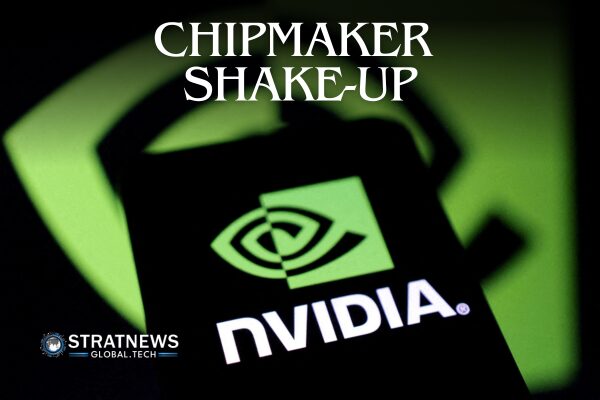Intel-Nvidia Deal Brings Mixed Outlook for Asian Chipmakers
Nvidia’s recent $5 billion investment in Intel is causing ripples across the global semiconductor industry. While it offers hope for Intel’s long-delayed comeback, the deal presents both opportunities and challenges for Asian chipmakers like Taiwan’s TSMC and South Korea’s Samsung Electronics.
Nvidia, now the world’s most valuable tech firm, has taken a 4% stake in Intel. The two companies plan to collaborate on chips for PCs and data centres. This move sparked a 23% surge in Intel’s share price, as investors welcomed a possible revival for the struggling chipmaker, particularly in artificial intelligence (AI) and manufacturing.
TSMC May Benefit from Reduced US Pressure
Despite the potential for increased competition, some analysts say a stronger Intel could actually benefit TSMC. The Taiwanese firm currently produces most AI chips used by US companies. A weakened Intel would push even more demand onto TSMC, making it nearly solely responsible for US semiconductor production.
“Having a competitor survive is actually good for TSMC,” said Luke Lin, a senior analyst at DIGITIMES in Taiwan. He explained that a revitalised Intel could share the burden, giving US policymakers another domestic player to support and allowing TSMC to operate at its own pace.
Both TSMC and Samsung are building large-scale factories in the US, facing pressure from President Trump’s administration to shift production away from Asia. The current policy approach threatens high penalties on imported chips, pushing companies to expand American operations.
Yet, increasing reliance on Asian firms may attract even more scrutiny from Washington. On Friday, TSMC’s shares fell 1.6% and Samsung’s dropped 1%, slightly trailing the broader market.
Longer-Term Competition Looms
In the long run, Nvidia’s deal could help Intel improve its next-generation chip manufacturing. The US firm has warned it may exit the manufacturing sector if it cannot attract outside clients. Though this agreement does not immediately include chip production for Nvidia, analysts believe that possibility could arise, challenging TSMC’s current dominance.
“Intel will eventually get its foundry business off the ground,” said Dan Nystedt of TriOrient, a private investment firm in Asia. “But scaling up will take time.”
The US government, analysts suggest, wants to see Intel regain its edge in advanced chip production. That ambition is linked to national security goals. Moon Joon-ho, an analyst at Samsung Securities, said the Nvidia deal could improve Intel’s competitiveness and make Nvidia more likely to outsource chip production to them.
TSMC may also lose orders from AMD, a direct competitor to both Intel and Nvidia. “Nvidia is pulling Intel in to fight against AMD,” said Lin, suggesting that AMD’s server chip orders—currently handled by TSMC—could decline.
TSMC and Samsung declined to comment, while an AMD spokesperson noted the company remains focused on growing its market share with an AI-driven strategy.
The future of global chip manufacturing remains uncertain. “Just putting money in doesn’t automatically make a company stronger,” said Han Kyu-min of the Korea Fabless Industry Association. “Intel still needs to catch up with TSMC. Whatever Nvidia develops must still go through TSMC—or in time, possibly Samsung Foundry.”
with inputs from Reuters


